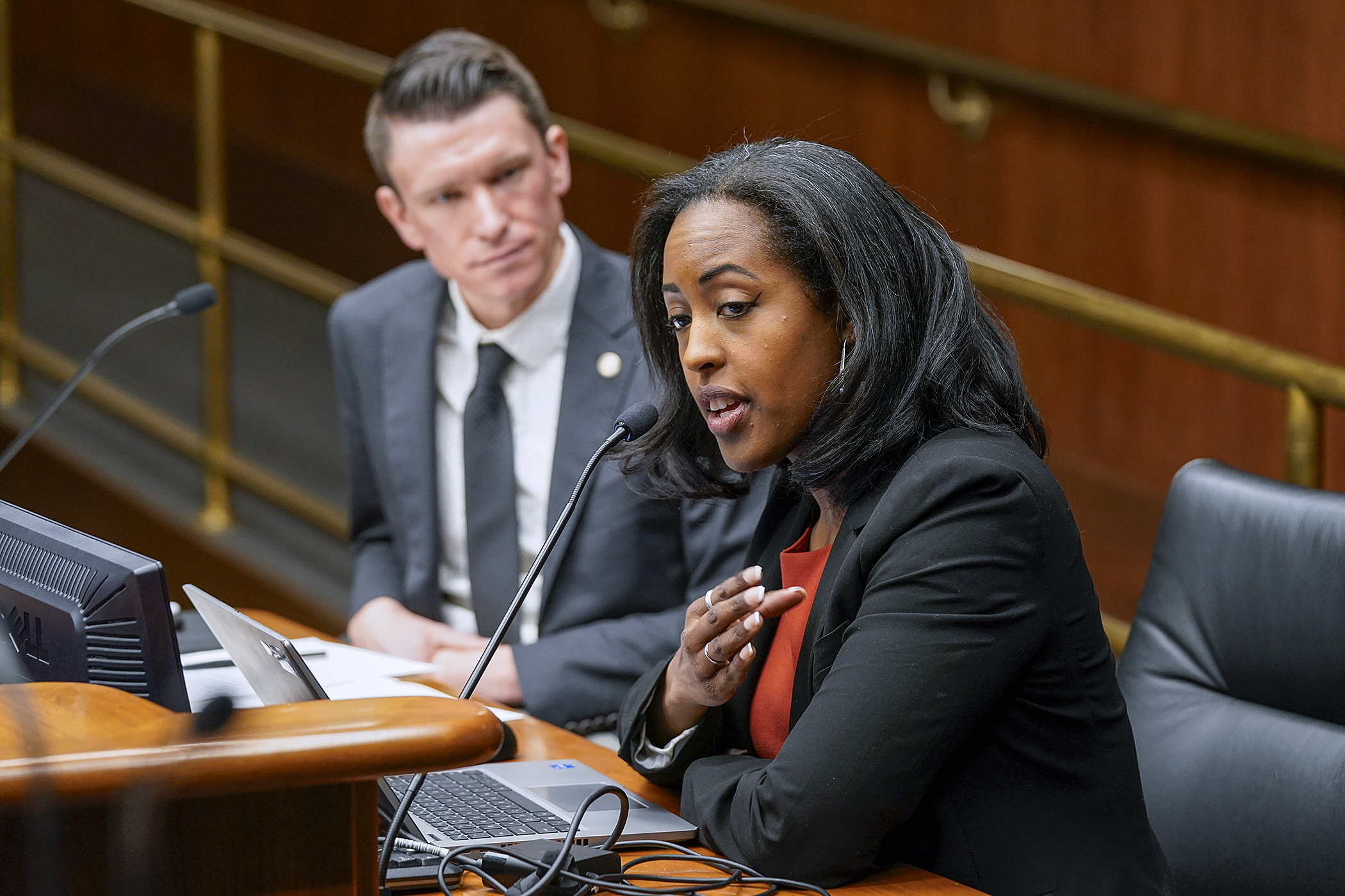Legislation would fund program for paying Minnesota’s student teachers

Many aspiring teachers say the biggest barrier to attaining their license is the student teaching experience, which can mean relocating to a new community for 12 weeks with no pay.
“If we can’t afford to live, how can we afford to teach,” Caitlin Efta, a special education major at the University of Minnesota Duluth, told the House Education Finance Committee Thursday. “I’ve heard from many students who have dropped out of their teacher prep programs because they just couldn’t afford it.”
Sponsored by Rep. Matt Norris (DFL-Blaine), HF3803 would establish a system for paying student teachers and fund the program with nearly $18.53 million in fiscal year 2025 and have that be base funding in future years. The bill was laid over for possible inclusion in an upcoming education finance bill.
Norris was shocked when learning student teachers don’t get paid.
“That was a real head scratcher for me,” he said. “They’re doing work, it’s hard work, and on top of that, they’re also paying tuition while they’re student teaching.”
Under the bill, a school district would pay the student teacher and be reimbursed by the Department of Education. Each year, the Professional Educator Licensing and Standards Board would project the number of student teachers for the following year and base the stipend amount on the number of student teachers and available funds.
Rep. Ron Kresha (R-Little Falls) agrees that student teachers are currently undervalued, but wondered if there is an alternate model that could be used to save the state money.
“I think there’s an opportunity to rethink this completely,” he said. “Schools are crying for substitute teachers. We already have money where we’re paying substitute teachers. What you do instead is … you get hired as a long-time sub … and at the end of the year, the school district is going to decide whether they should hire you or not. It becomes a pipeline for teachers into the classroom.”
Related Articles
Search Session Daily
Advanced Search OptionsPriority Dailies
Speaker Emerita Melissa Hortman, husband killed in attack
By HPIS Staff House Speaker Emerita Melissa Hortman (DFL-Brooklyn Park) and her husband, Mark, were fatally shot in their home early Saturday morning.
Gov. Tim Walz announced the news dur...
House Speaker Emerita Melissa Hortman (DFL-Brooklyn Park) and her husband, Mark, were fatally shot in their home early Saturday morning.
Gov. Tim Walz announced the news dur...
Lawmakers deliver budget bills to governor's desk in one-day special session
By Mike Cook About that talk of needing all 21 hours left in a legislative day to complete a special session?
House members were more than up to the challenge Monday. Beginning at 10 a.m...
About that talk of needing all 21 hours left in a legislative day to complete a special session?
House members were more than up to the challenge Monday. Beginning at 10 a.m...